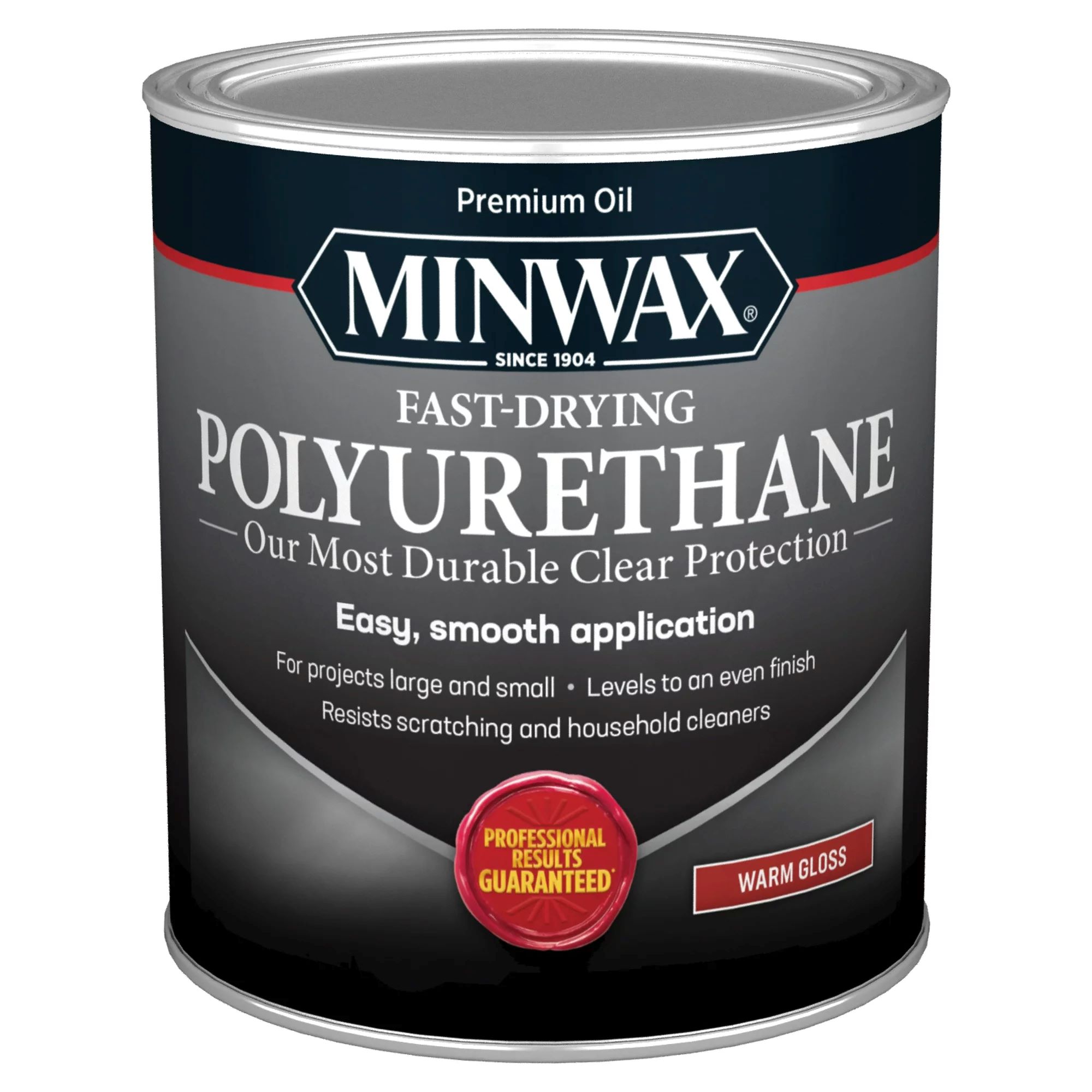

Articles
How To Store Polyurethane
Modified: December 7, 2023
Learn how to properly store and preserve polyurethane articles to maintain their quality and longevity. Discover effective tips for storing polyurethane products.
(Many of the links in this article redirect to a specific reviewed product. Your purchase of these products through affiliate links helps to generate commission for Storables.com, at no extra cost. Learn more)
Introduction
Polyurethane is a versatile material commonly used for various applications, such as coatings, adhesives, and foam products. Whether you are a DIY enthusiast or a professional contractor, proper storage of polyurethane is essential to ensure its longevity and quality. In this article, we will explore the best practices and guidelines for storing polyurethane to maintain its effectiveness and prevent any deterioration.
Understanding the characteristics of polyurethane is crucial before diving into its storage guidelines. Polyurethane is a polymer that can exist in different forms, including liquid, solid, and foam. It undergoes a chemical reaction when exposed to air, moisture, or heat, which can affect its properties over time. Factors like temperature, humidity, and exposure to direct sunlight can accelerate this process, leading to reduced effectiveness and performance.
To ensure the optimal condition of your polyurethane products, it is important to choose the right storage containers, maintain the ideal storage temperature, regulate humidity levels, protect against UV exposure, utilize proper labeling and organization techniques, and implement safety measures. By following these guidelines, you can extend the shelf life of your polyurethane and achieve better results in your projects.
Key Takeaways:
- Proper storage of polyurethane is crucial to maintain its quality and effectiveness. Choosing the right storage containers, maintaining ideal temperature and humidity, and protecting against UV exposure are key factors in preserving polyurethane’s integrity.
- Implementing safety measures, conducting regular inspections, and following manufacturer guidelines are essential for storing polyurethane. By prioritizing safety and maintenance, you can ensure the longevity and optimal performance of polyurethane products.
Understanding Polyurethane
Polyurethane is a synthetic material that offers exceptional durability, flexibility, and versatility. It is commonly used in a wide range of industries, including construction, automotive, furniture, and electronics. Understanding the properties and characteristics of polyurethane is essential to properly store and maintain its quality.
Polyurethane can exist in various forms, such as liquid, solid, or foam, depending on its intended application. It is created through a chemical reaction between diisocyanate and polyol, which creates a chain of polymers. The mixture can be adjusted to achieve different properties, including hardness, flexibility, and adhesion.
One of the important features of polyurethane is its resistance to abrasion and chemicals. It is highly durable and can withstand harsh environments and heavy usage. Additionally, polyurethane exhibits excellent insulation properties, making it an ideal material for thermal and sound insulation applications.
However, despite its remarkable qualities, polyurethane is susceptible to degradation over time. Factors such as exposure to air, moisture, and heat can cause the material to degrade, resulting in changes in its physical and chemical properties. This degradation process is known as “aging.”
Over time, polyurethane may become brittle, lose its elasticity, or develop a yellowish tint. These changes can significantly impact the performance and effectiveness of the material. To prevent or slow down the aging process, proper storage techniques are crucial.
Now that we have a basic understanding of polyurethane and its properties, let’s explore the best practices for storing this material to ensure its longevity and quality.
Choosing the Right Storage Container
When it comes to storing polyurethane, selecting the right storage container is the first step towards maintaining its quality. The container you choose should provide a suitable environment that minimizes exposure to air, moisture, and other contaminants. Here are some considerations to keep in mind when selecting a storage container for polyurethane:
1. Material: Opt for containers made of materials that are compatible with polyurethane, such as high-density polyethylene (HDPE) or polypropylene (PP). These materials are resistant to the chemicals present in polyurethane and provide a barrier against air and moisture.
2. Size: Choose a container that is appropriate for the amount of polyurethane you have. Avoid using oversized containers as they can leave excess air space, which increases the risk of air exposure and moisture accumulation.
3. Sealability: Look for containers with secure and tight-fitting lids or caps. This prevents air from entering and moisture from escaping, ensuring a sealed environment for the polyurethane.
4. Transparency: It is beneficial to choose containers that are translucent or transparent. This allows you to easily identify the contents without opening the container, minimizing unnecessary exposure and potential contamination.
5. Cleanliness: Ensure that the storage container is clean and free from any residue or contaminants before storing polyurethane. Any foreign substances can affect the quality of the stored material.
6. Stackability: If you plan to store multiple containers, consider the stackability of the storage containers. This allows for efficient use of space and prevents the containers from toppling over, reducing the risk of damage.
7. Labeling: Lastly, label the storage container with the date of storage and the type of polyurethane it contains. This helps in tracking the age of the material and ensures proper rotation and usage.
By choosing the right storage container, you can provide a controlled environment that minimizes the exposure of polyurethane to external elements, preserving its quality and effectiveness over time.
Proper Storage Temperature
The storage temperature is a critical factor to consider when storing polyurethane. Extreme temperatures can significantly affect the stability and integrity of the material. It is essential to maintain a consistent and appropriate storage temperature to ensure the longevity and quality of polyurethane. Here are some guidelines to follow:
1. Ideal Temperature Range: The recommended storage temperature for polyurethane is typically between 60°F (15°C) and 80°F (27°C). Storing polyurethane within this temperature range helps to maintain its viscosity and physical properties. Extreme temperature fluctuations should be avoided, as they can cause the material to degrade or separate.
2. Avoiding High Temperatures: Polyurethane should not be exposed to excessive heat, as it can accelerate the aging process and affect the material’s performance. Avoid storing polyurethane in environments where the temperature exceeds 100°F (38°C). High temperatures can lead to increased viscosity, discoloration, and reduced adhesion properties.
3. Preventing Freezing: Extreme cold temperatures can cause polyurethane to freeze, leading to irreversible changes in its chemical structure. It is crucial to shield polyurethane from freezing temperatures. If you anticipate freezing conditions, store the polyurethane in a heated space or use insulating materials to protect it.
4. Consistent Temperature: Fluctuating temperatures can cause stress on the polyurethane material. It is important to store polyurethane in an area with a consistent temperature to minimize the risk of thermal expansion and contraction. Rapid temperature changes can lead to internal stresses, resulting in cracking or degradation of the material.
5. Monitoring the Temperature: Use a reliable temperature monitoring device, such as a thermometer, to regularly check the storage area. This will help ensure that the temperature remains within the recommended range and take necessary measures if any fluctuations are observed.
By maintaining the proper storage temperature, you can preserve the integrity and effectiveness of polyurethane, ensuring that it remains in optimal condition for its intended use.
Maintaining the Ideal Humidity Level
In addition to the proper storage temperature, maintaining the ideal humidity level is crucial for storing polyurethane. High humidity can lead to moisture absorption, causing the material to degrade and lose its effectiveness. Here are some tips to help you maintain the ideal humidity level when storing polyurethane:
1. Recommended Humidity Level: The ideal humidity level for storing polyurethane is between 40% and 50%. This range helps prevent excessive moisture absorption that can impact the integrity of the material. High humidity levels can lead to softening, warping, or foaming issues in polyurethane products.
2. Dehumidification: If you live in an area with high humidity, consider using a dehumidifier in the storage area. A dehumidifier helps remove excess moisture from the air, creating a more controlled environment for polyurethane storage. Ensure that the dehumidifier is properly maintained and set to the recommended humidity level range.
3. Moisture Barriers: Utilize moisture barriers, such as plastic sheeting or moisture-resistant packaging, to protect polyurethane from direct contact with moist surfaces. This creates an additional layer of protection against humidity and moisture absorption.
4. Ventilation: Maintain proper ventilation in the storage area. Good airflow helps prevent condensation and reduces the chances of moisture buildup within the space. Avoid storing polyurethane in areas with poor ventilation or high humidity, such as basements or areas prone to water leaks.
5. Absorbent Materials: Avoid storing polyurethane near absorbent materials, such as damp wood or cardboard. These materials can release moisture into the air and increase the humidity level. Keep polyurethane stored on elevated shelves or pallets to prevent contact with any potential moisture sources.
6. Regular Monitoring: Regularly monitor the humidity level in the storage area using a hygrometer. This allows you to identify any fluctuations and take appropriate measures to maintain the ideal humidity level. If needed, adjust the storage conditions accordingly to prevent moisture-related issues.
By maintaining the proper humidity level, you can prolong the shelf life and maintain the quality of polyurethane, ensuring its optimal performance when used.
Protecting the Polyurethane from UV Exposure
Polyurethane is susceptible to degradation when exposed to ultraviolet (UV) radiation from the sun or other sources. UV exposure can cause discoloration, loss of flexibility, and reduced adhesion properties. To protect polyurethane from UV damage, proper precautions should be taken. Here are some measures you can implement:
1. Storage in Dark Areas: Store polyurethane in a cool, dry, and dark area to minimize exposure to UV light. Direct sunlight and artificial light sources that emit UV radiation can, over time, cause the material to deteriorate. Avoid storing polyurethane near windows or other areas where it may be exposed to sunlight.
2. Use Opaque or UV-Resistant Containers: If storing polyurethane in containers, choose opaque or UV-resistant containers. These containers are designed to block UV light and provide an additional layer of protection against UV exposure. This helps to preserve the integrity and quality of the material.
3. Apply UV-Resistant Coatings: For polyurethane products that are meant to be exposed to sunlight, such as outdoor furniture or surfaces, applying a UV-resistant coating can provide an extra layer of protection. These coatings act as a barrier against UV radiation and help prevent premature degradation of the polyurethane.
4. Limit Exposure Time: When using polyurethane outdoors or in areas with UV exposure, limit the exposure time to minimize the potential damage caused by prolonged exposure. Consider using shade structures or covers to protect polyurethane products when they are not in use.
5. Regular Cleaning and Maintenance: Proper cleaning and maintenance of polyurethane surfaces can also help protect against UV damage. Remove dirt, debris, and any substances that may attract and retain UV radiation. Regularly inspect and clean polyurethane surfaces to ensure their longevity.
6. Use UV-protective Films: In certain applications, such as automotive or electronic components, using UV-protective films can shield polyurethane surfaces from UV radiation. These films are specifically designed to block UV light, reducing the risk of UV-induced degradation.
By implementing these protective measures, you can minimize UV exposure and prolong the lifespan of polyurethane, ensuring its durability and performance over time.
Store polyurethane in a cool, dry place away from direct sunlight and heat sources. Keep the lid tightly sealed to prevent evaporation and store it away from children and pets.
Labeling and Organizing Storage Containers
Proper labeling and organization of storage containers play a crucial role in efficiently storing polyurethane and ensuring easy retrieval when needed. It is essential to implement a systematic approach to labeling and organizing to facilitate inventory management and maintain the integrity of polyurethane. Here are some tips to help you label and organize storage containers:
1. Clear and Visible Labels: Use clear and visible labels on each storage container to identify the contents. Include important information such as the type of polyurethane, batch number, date of manufacture, and any specific instructions or warnings. This ensures easy identification and minimizes the risk of confusion or misuse.
2. Color Coding: Consider utilizing a color-coding system to categorize different types or formulations of polyurethane. Assign specific colors to different categories or properties to simplify identification and improve efficiency when retrieving specific materials.
3. Alphabetical or Numerical Order: Arrange storage containers in alphabetical or numerical order based on the labeling system you choose. This allows for quick and systematic retrieval, particularly in larger storage areas with multiple containers.
4. Proper Shelving and Stacking: Invest in suitable shelving units or storage racks that can accommodate the size and weight of the storage containers. Proper shelving and stacking prevent containers from tipping over or being damaged, ensuring the safety and longevity of the stored polyurethane.
5. Accessibility and Space Efficiency: Ensure that storage containers are easily accessible and that there is enough room for maneuvering. Leave adequate spacing between containers for easy handling and inspection. Arrange containers in a way that maximizes the use of available space while still allowing for ease of access.
6. Regular Inspections: Regularly inspect the storage area to ensure the labels remain visible and legible. Check for any damage to the containers or signs of leaks or deterioration. Immediately address any issues to prevent contamination or loss of quality.
7. Documentation and Inventory Management: Maintain accurate records of the stored polyurethane, including the quantity, storage location, and expiration dates if applicable. Use inventory management systems or software to track and monitor inventory levels to ensure timely replenishment and prevent stockouts or waste.
Implementing proper labeling and organization techniques for storage containers enhances efficiency, minimizes the risk of errors or confusion, and helps maintain the quality and integrity of the stored polyurethane. Take the time to establish a systematic approach that works best for your specific storage needs.
Storing Polyurethane in Different Forms
Polyurethane can be found in various forms, such as liquid, solid, or foam. Each form requires specific storage considerations to maintain its integrity and quality. Here are some guidelines for storing polyurethane in different forms:
1. Storing Liquid Polyurethane: Liquid polyurethane should be stored in airtight containers to prevent air exposure, which can lead to premature curing or degradation. Choose containers that are suitable for the specific formulation of the liquid polyurethane and ensure they are tightly sealed to prevent evaporation or moisture absorption. Store liquid polyurethane in a cool, dry area away from direct sunlight or sources of heat.
2. Storing Solid Polyurethane: Solid polyurethane, in the form of sheets, blocks, or molded pieces, should be stored in a clean, dry, and well-ventilated area. Avoid stacking solid polyurethane too high to prevent deformation or damage. Maintain a consistent temperature and humidity level within the storage area to prevent warping or brittleness of the solid polyurethane.
3. Storing Polyurethane Foam: Polyurethane foam comes in different densities and can be either flexible or rigid. Foam should be stored in a dry environment to prevent moisture absorption, which can lead to degradation or mold growth. Keep the foam in its original packaging or wrap it in plastic to protect it from dust, dirt, and moisture. Ensure that the storage area is cool and well-ventilated to maintain the foam’s properties.
4. Handling and Storing Aerosol Polyurethane: Aerosol polyurethane products should be stored upright in a cool, dry area with proper ventilation. Ensure that the aerosol cans are tightly sealed to prevent leakage or evaporation of the propellant. Avoid exposing aerosol polyurethane to extreme temperatures or direct sunlight, as this can affect the pressure and performance of the product.
5. Special Considerations for Two-Component Systems: Some polyurethane products require mixing two components, such as a resin and a hardener, before use. Store the components according to their specific storage requirements, following the guidelines mentioned earlier. Keep the components separate until use to prevent premature reaction. Ensure that the storage containers for the components are properly labeled to avoid confusion or mix-ups.
Always refer to the manufacturer’s instructions and guidelines for storing polyurethane products. Different formulations and brands may have specific storage requirements that should be followed to ensure the longevity and effectiveness of the material.
Safety Measures for Storing Polyurethane
When storing polyurethane, it is essential to prioritize safety to prevent accidents, minimize health risks, and ensure a safe storage environment. Here are some important safety measures to consider:
1. Proper Ventilation: Ensure that the storage area is well-ventilated to prevent the buildup of vapors or fumes. Good airflow helps dissipate any potentially harmful gases or odors that may be emitted by the polyurethane. If necessary, use local exhaust ventilation or fans to improve ventilation in the storage area.
2. Fire Safety Precautions: Polyurethane is flammable and can release toxic gases when burned. Store polyurethane away from heat sources, open flames, or sparks. Keep fire extinguishers readily available in the storage area and ensure that personnel are trained in fire safety protocols.
3. Personal Protective Equipment (PPE): When handling and storing polyurethane, use appropriate personal protective equipment. This may include gloves, safety glasses, respiratory protection, and protective clothing to prevent skin contact and inhalation of fumes or dust particles. Follow manufacturer recommendations and local safety regulations for PPE requirements.
4. No Smoking Policy: Strictly enforce a “no-smoking” policy in the storage area and within a designated safety perimeter. Polyurethane is highly flammable and can easily ignite when exposed to sparks or flames.
5. Spill Containment and Cleanup: Have proper spill containment measures in place, including spill kits with absorbent materials and appropriate chemical spill control products. Train personnel on how to handle spills and clean up any polyurethane spills promptly to minimize the risk of slips, trips, or environmental contamination.
6. Secure Storage: Store polyurethane in a secure area to prevent unauthorized access or tampering. This is particularly important if the polyurethane contains hazardous components or is potentially harmful to humans or the environment.
7. MSDS and Safety Information: Keep Material Safety Data Sheets (MSDS) easily accessible for each type of polyurethane stored. These documents provide essential safety information, including handling instructions, emergency procedures, and information on the potential health effects of the material.
8. Training and Education: Ensure that personnel responsible for storing polyurethane receive proper training on handling, storage, and emergency procedures. Educate employees about the potential hazards associated with polyurethane and proper safety practices to minimize the risk of accidents or injuries.
Remember, safety should always be a priority when storing polyurethane. By implementing these safety measures, you can create a secure storage environment and protect both personnel and the surrounding environment.
Read more: How To Store An Oil-Based Polyurethane Brush
Regular Inspections and Maintenance of Stored Polyurethane
Regular inspections and maintenance are crucial to ensure the longevity and quality of stored polyurethane. By regularly monitoring the condition of the material, you can identify potential issues early on and take appropriate measures to prevent deterioration or contamination. Here are some guidelines for conducting regular inspections and maintenance of stored polyurethane:
1. Visual Inspections: Conduct regular visual inspections of the storage area and the polyurethane containers. Look for signs of leaks, damage, or any changes in the appearance of the material. Pay attention to discoloration, separation, or any other visible abnormalities that may indicate a problem.
2. Container Integrity: Check the integrity of the storage containers regularly. Inspect for cracks, corrosion, or any other damage that may compromise the container’s ability to protect the polyurethane. Replace damaged containers as necessary to maintain a safe and secure storage environment.
3. Labeling and Identification: Ensure that the labels on the containers are visible and legible. Check for any missing or faded information on the labels. Update the labels if there are any changes to the contents, expiration dates, or other important details. Properly labeled containers help prevent confusion and ensure the accurate identification of stored polyurethane.
4. Temperature and Humidity Monitoring: Regularly monitor the storage temperature and humidity levels, especially if fluctuations are known to occur in the storage area. Use temperature and humidity monitoring devices to track and record these parameters. Take corrective actions if any deviations are detected to maintain optimal storage conditions.
5. Rotation and Shelf Life: Keep track of the shelf life and expiration dates of stored polyurethane. Implement a proper rotation system to use older stock before newer ones, following the principles of first-in, first-out (FIFO). Dispose of any expired or deteriorated polyurethane properly according to local regulations.
6. Contamination Prevention: Regularly clean and inspect the storage area to prevent contamination. Remove any dust, debris, or potential sources of contamination from the vicinity of the stored polyurethane. Store incompatible materials separately to avoid cross-contamination.
7. Pest Control: Take measures to prevent pest infestation in the storage area. Regularly inspect for signs of pests, such as droppings or gnaw marks. Implement appropriate pest control measures to safeguard the polyurethane from damage and contamination.
8. Documentation and Record-Keeping: Maintain accurate documentation of the inspection and maintenance activities. Keep records of the inspection dates, findings, and any necessary corrective actions taken. These records can serve as a reference for future inspections and provide evidence of compliance with safety and quality standards.
Regular inspections and maintenance of stored polyurethane are essential to ensure its longevity and effectiveness. By following these guidelines, you can identify and address any issues early on, maintaining the quality of the stored polyurethane and minimizing the risk of waste or safety hazards.
Conclusion
Proper storage of polyurethane is crucial to maintain its quality, effectiveness, and longevity. Whether you are storing liquid polyurethane, solid polyurethane, foam, or aerosol products, following the recommended guidelines will help preserve the integrity of the material and ensure optimal performance. Key considerations include choosing the right storage container, maintaining the ideal storage temperature and humidity level, protecting polyurethane from UV exposure, labeling and organizing storage containers, implementing safety measures, and conducting regular inspections and maintenance.
By choosing storage containers made of compatible materials, sealing them tightly, and labeling them clearly, you can create an organized and efficient storage system. Maintaining the ideal storage temperature and humidity level helps prevent degradation and maintains the material’s properties. Protecting polyurethane from UV exposure prevents discoloration and loss of flexibility. Implementing safety measures, such as proper ventilation and using personal protective equipment, ensures a safe storage environment. Regular inspections and maintenance allow for the early detection of any issues, enabling prompt corrective actions to prevent deterioration or contamination.
Remember, each type of polyurethane requires specific storage considerations, so it’s essential to follow the manufacturer’s guidelines and any specific recommendations provided. Additionally, local regulations and safety standards should always be adhered to when storing polyurethane products.
By implementing these best practices for storing polyurethane, you can extend its shelf life, maintain its quality, and achieve optimal performance when using it in your projects. Creating a safe and organized storage system will not only protect the material but also enhance workflow efficiency and reduce the risk of accidents or mishaps.
Take the necessary steps to store your polyurethane properly, and reap the benefits of a well-maintained and high-performing material in all your future endeavors.
Frequently Asked Questions about How To Store Polyurethane
Was this page helpful?
At Storables.com, we guarantee accurate and reliable information. Our content, validated by Expert Board Contributors, is crafted following stringent Editorial Policies. We're committed to providing you with well-researched, expert-backed insights for all your informational needs.
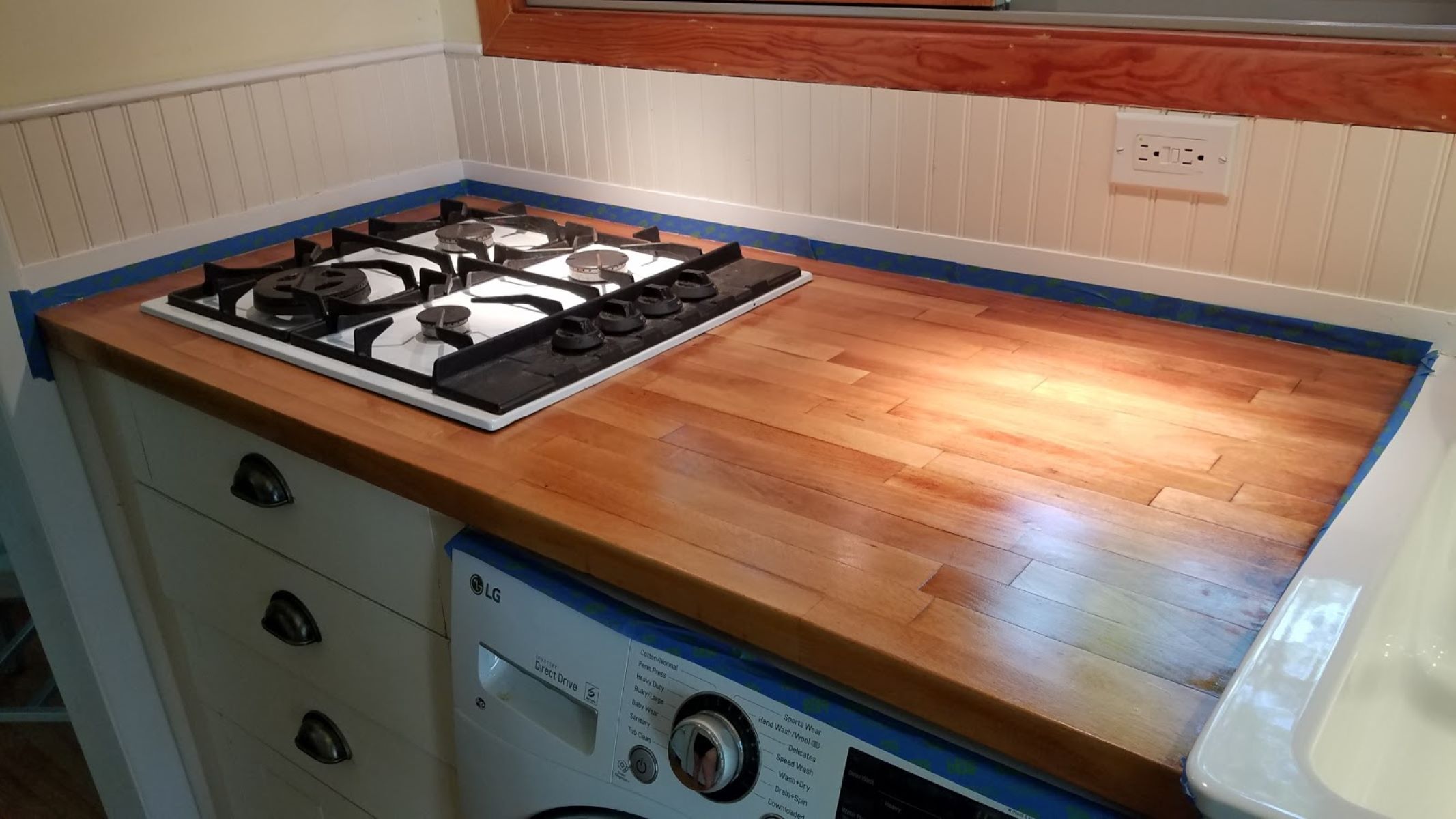

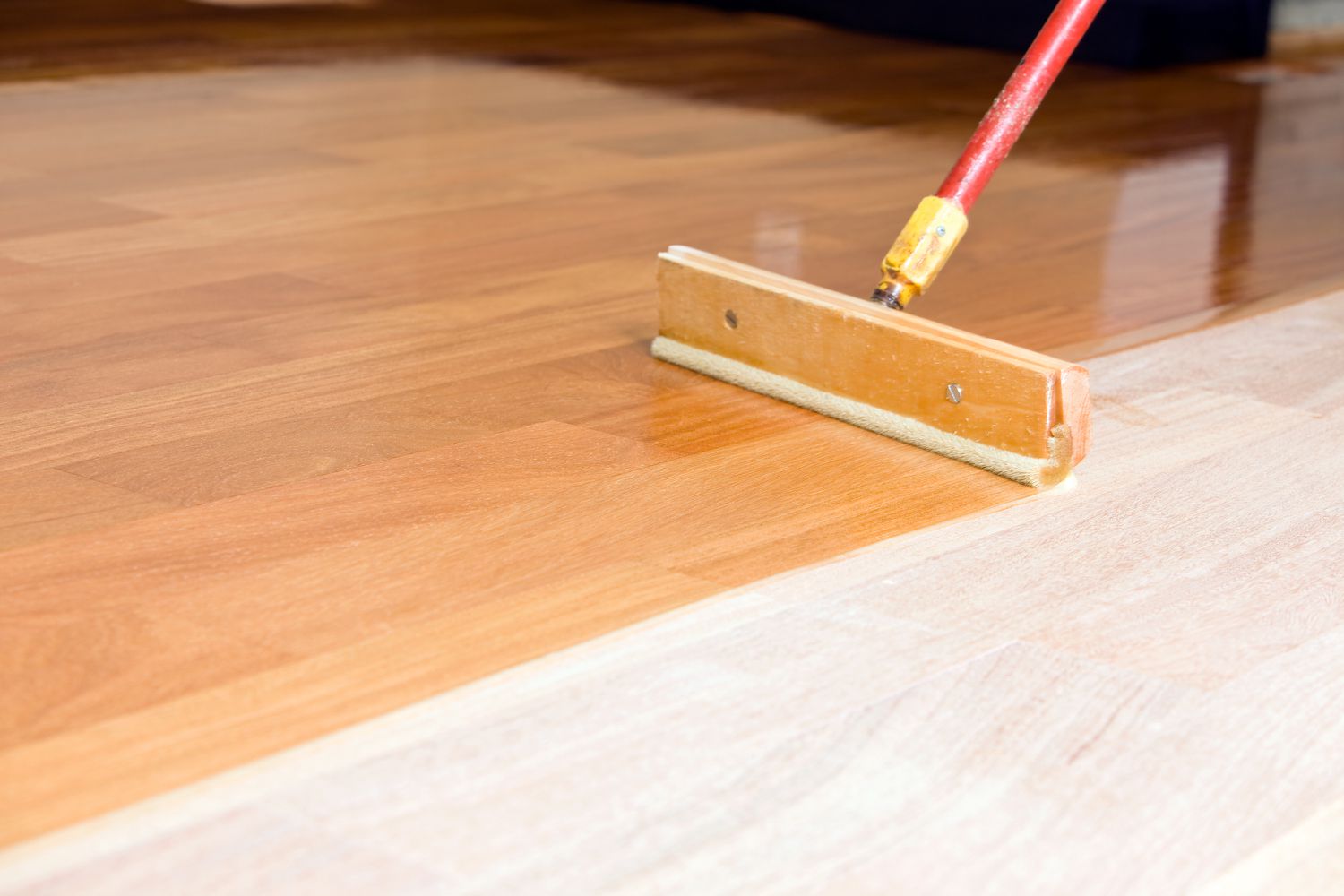
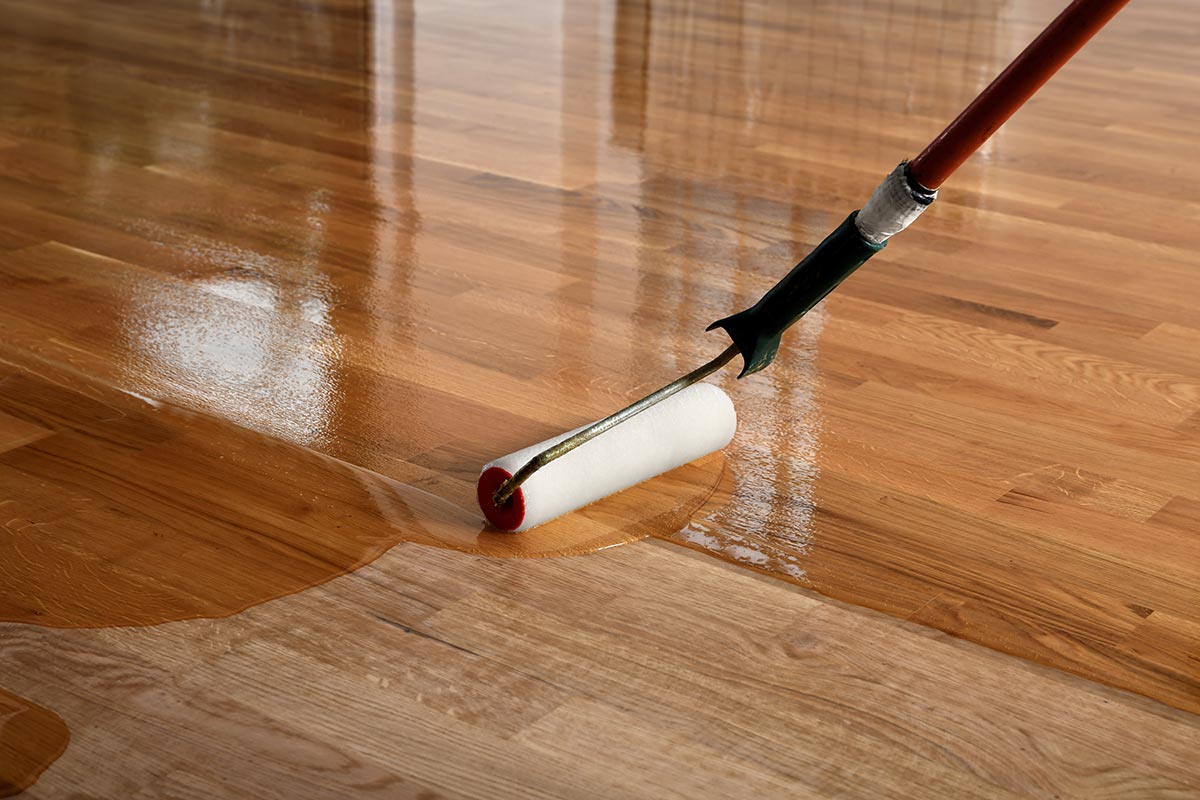

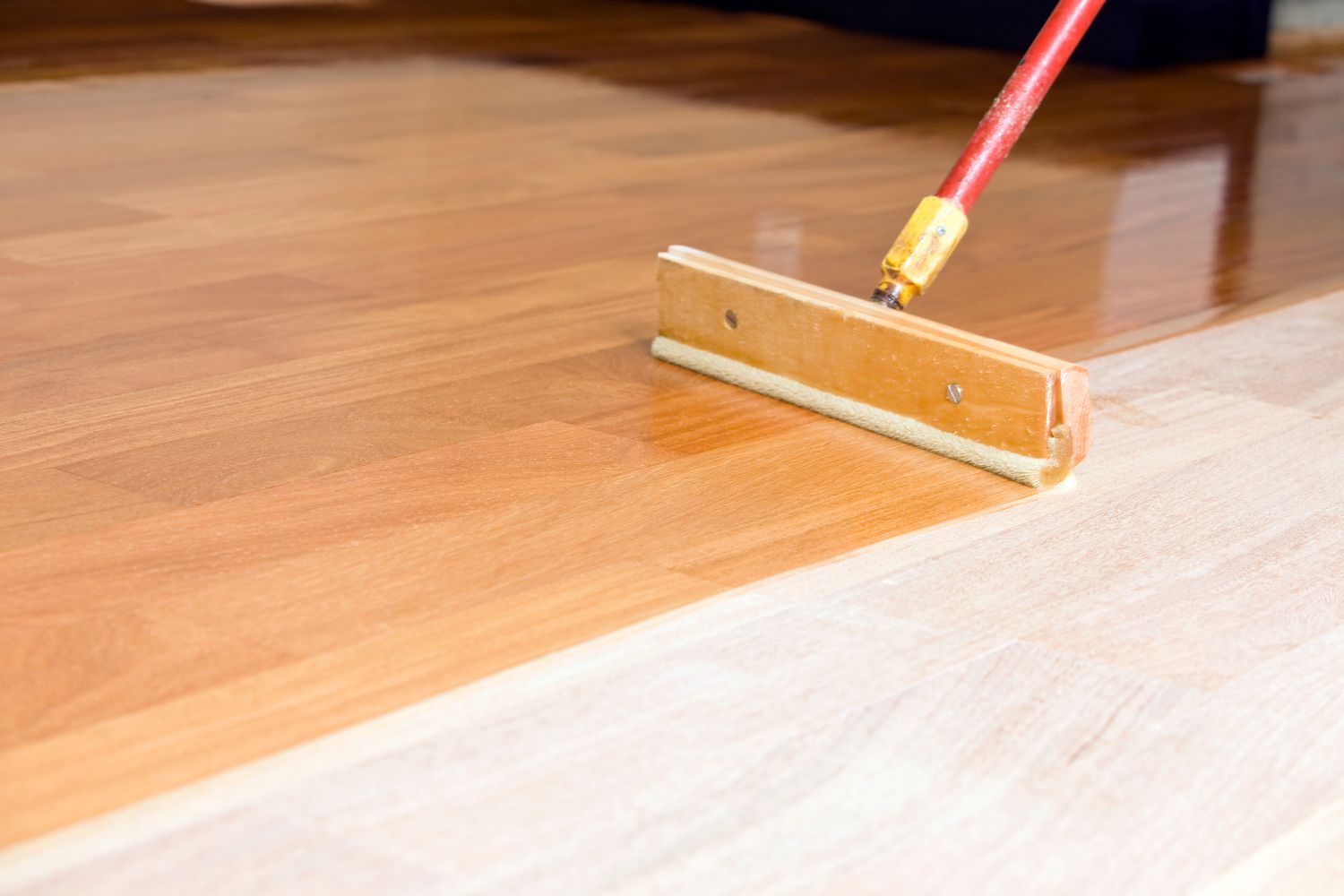

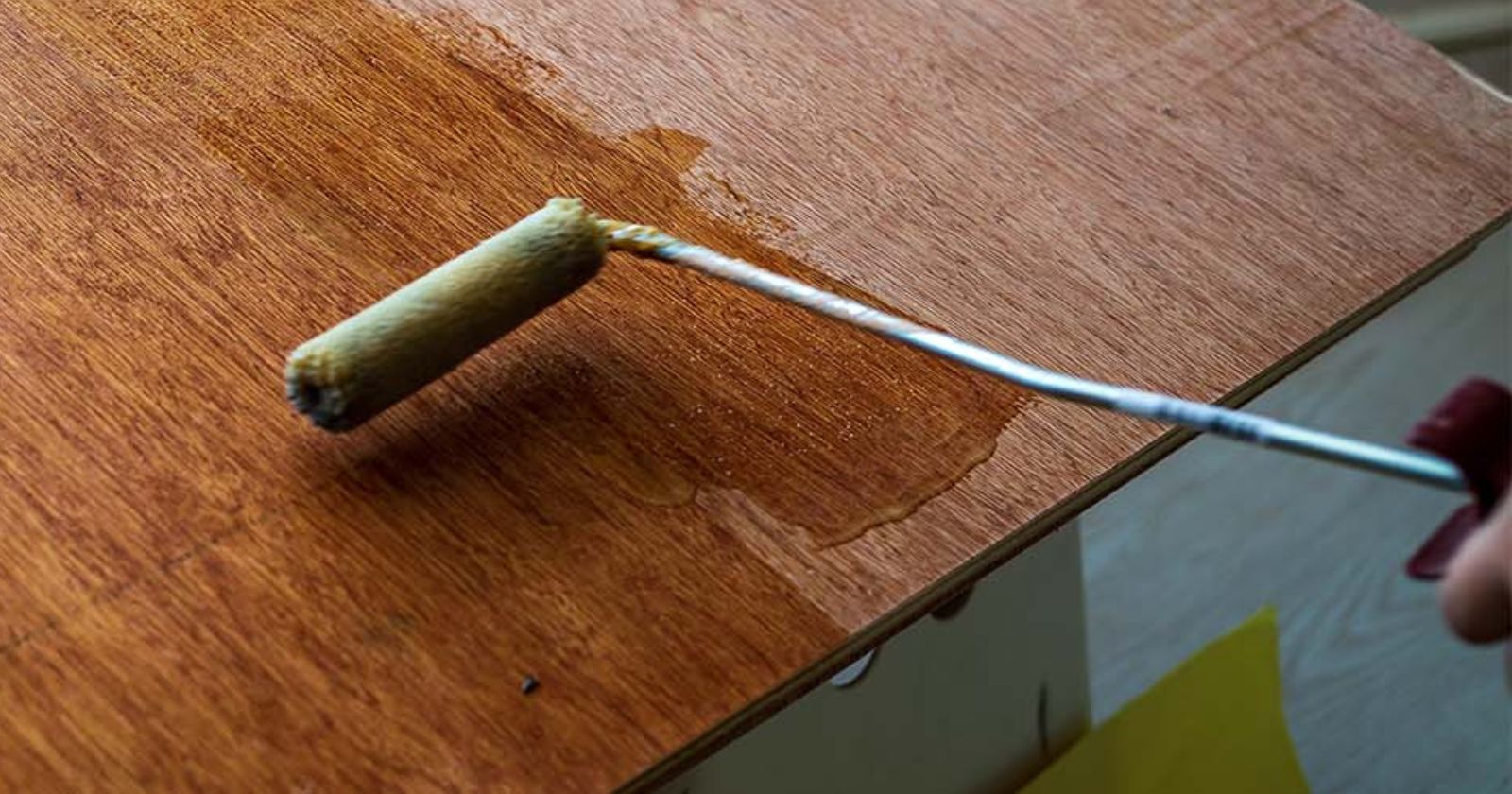
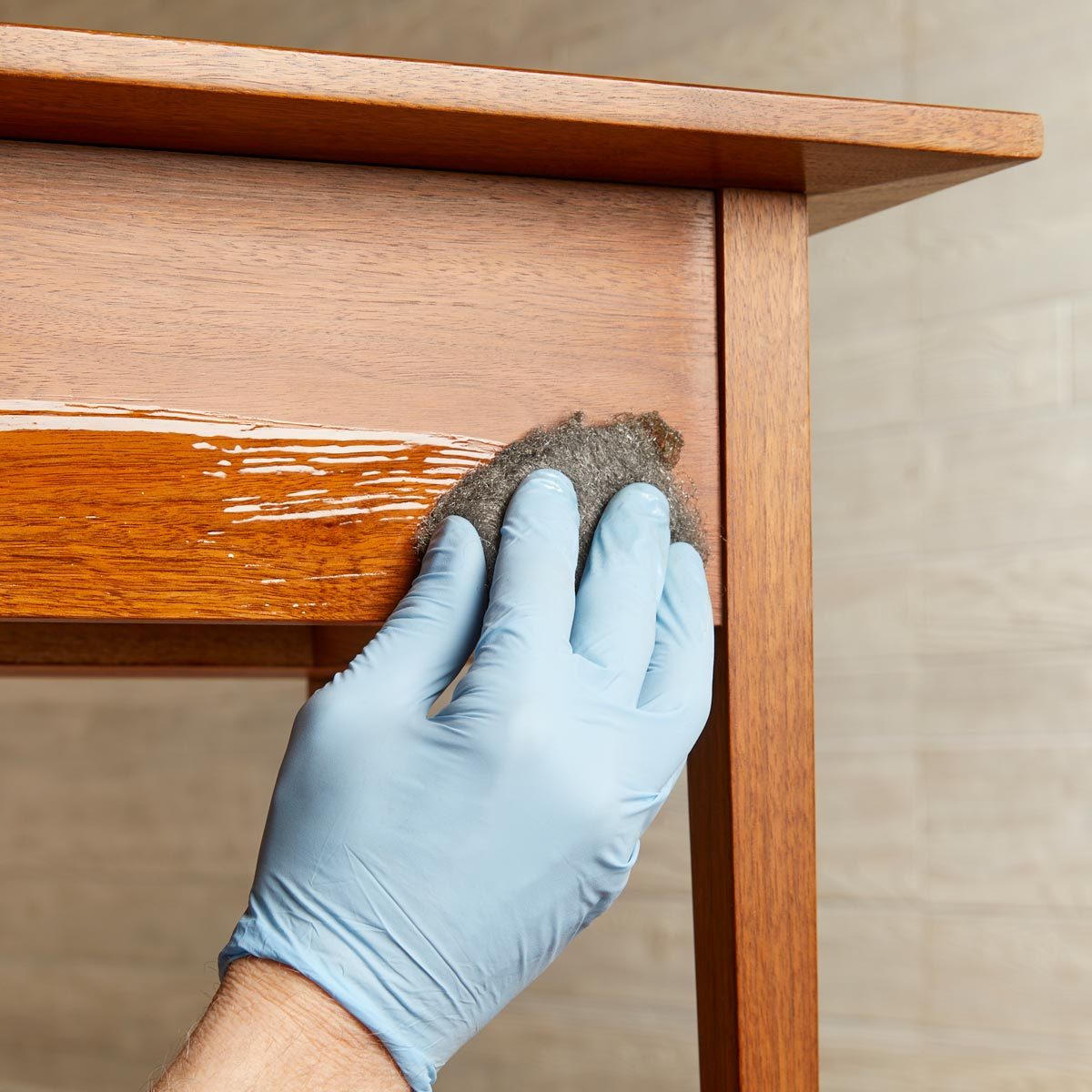





0 thoughts on “How To Store Polyurethane”